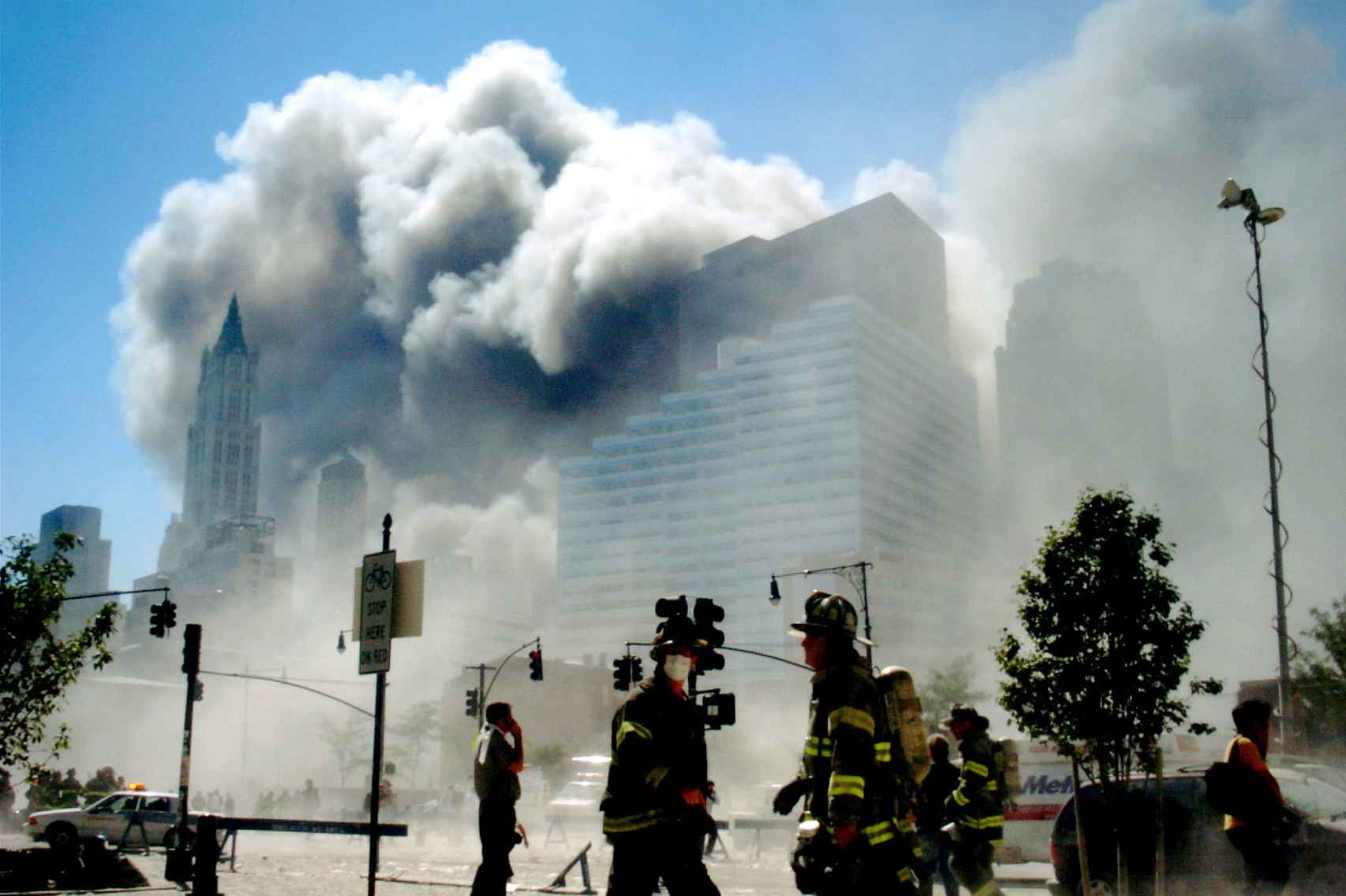Related news
On September 11, 2001, more than 3,000 people died as a direct result of the attacks on the World Trade Center in New York, the Pentagon in Arlington, Virginia, and the United Airlines flight that crashed in Virginia. But the tragedy has continued to claim victims ever since. More than 100,000 Americans – Ground Zero survivors, workers and students who were in the affected area, police and rescue personnel – suffer health consequences from exposure to toxic compounds released that day.
The data comes from World Trade Center Health Program, an initiative approved during the administration of Barack Obama to guarantee health care to those who were exposed to a series of pollutants as a result of the deflagrations and especially the collapse of the Twin Towers. The US recognizes the relationship between molecules of arsenic, asbestos, benzene, sulfuric acid, polychlorinated biphenyls (PCBs), or polycyclic aromatic hydrocarbons (PAHs) and various respiratory diseases, mental disorders, and cancers such as thyroid, prostate, malignant melanoma, or non-Hodgkin’s lymphoma.
One of the most affected groups is the one that left the great imprint of dedication and service to the community during those days, the New York firefighters. 15,000 troops, many of them volunteers, mobilized on the day of the tragedy and the following, exposing ourselves to environmental carcinogens above any other group. Two decades later, their sacrifice does not end: according to the magazine Occupational & Environmental Medicine, those that were deployed during 9/11 have up to 39% more likely to suffer from prostate cancer, and 13% to suffer from any type of cancer.
To reach that conclusion, the researchers compared the cancer cases diagnosed in 10,786 firefighters who were beneficiaries of the WTC Health Program with 8,813 other members of the service who had also developed a tumor, but were not present during 9/11. In the case of those affected by the attacks, they were categorized on a risk scale, being the highest is that of the morning of September 11 itself, followed by the afternoon, September 12, the period between September 13 and 24, and finally any time after September 24, 2001.
New York firefighters immediately after the towers collapsed. EMS / ZUMA Press.
Emergency personnel is, in itself, a group with a higher risk of cancer, due to exposure to toxic agents during fires, even taking into account protective equipment. In addition, many in the US come from another risk profession, the Army. The incidence of skin and prostate carcinomas – something that is attributed to the disorder of androgen metabolism that these endocrine disrupting substances can cause – among members of the body is therefore higher than average. The fact of having been a smoker or not was one of the added variables.
However, those who were present at the times of greatest contamination during the attacks presented until 2016, the final date for data collection, a 39% increased risk of prostate cancer compared to other firefighters, and twice the chance of developing thyroid cancer. In addition, the disease tends to occur earlier for 9/11 firefighters: although the latency between exposure and cancer diagnosis was established at 9.4 years on average, they began to suffer it from 2006, only five years later.
For the group of professionals who were not in the attacks, smoking proved to be a determining factor of cancer risk, but the increase in incidence among those who worked in the early hours of September 11 occurred regardless of whether they smoked or not . A second study published in the same journal establishes a 24% increased risk of generalized prostate cancer among those who participated in the rescue efforts.
“The increased danger among those who responded first to the catastrophe or were caught in the dust cloud suggests that high density exposure has had a premature carcinogenic effect“The authors write. However, they admit that there can be a ‘surveillance bias’: As beneficiaries of the WTC Health Program, 9/11 firefighters and paramedics have health coverage that is higher than that available to the rest of Americans on average, and are subject to further monitoring. It can be argued, therefore, that more cases of cancer are detected among them because more medical tests can be performed.
Nevertheless, inequalities in health care do not justify the margin of difference between one and the other. “The evidence suggests that there is a relationship between exposure to the World Trade Center disaster and prostate cancer that cannot be satisfactorily explained by random factors or systematic errors,” they conclude.
Follow the topics that interest you
Reference-www.elespanol.com
